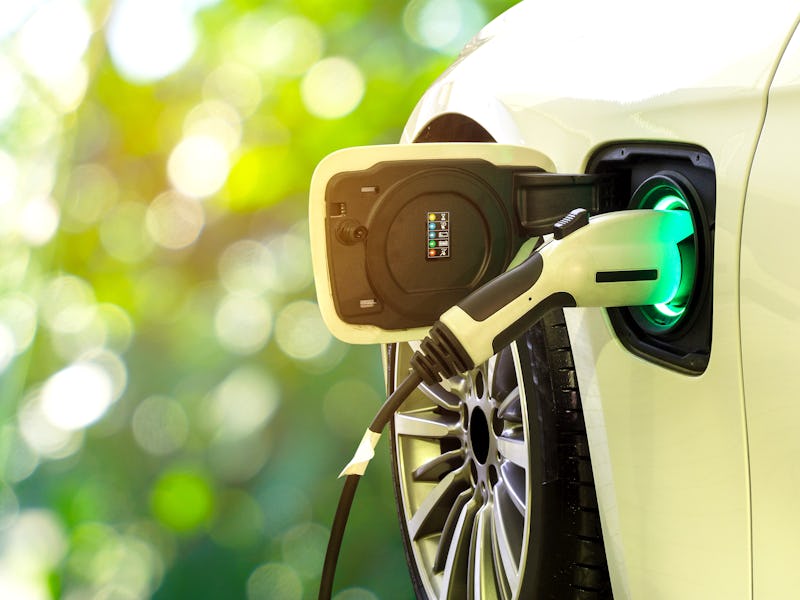Electric cars could pose a major environmental challenge if firms don't act
Scientists have sounded the alarm.

Electric cars could help reduce global carbon emissions, but their design could spark a new environmental challenge.
Researchers at the University of Birmingham detailed Thursday how the batteries inside electric vehicles could lead to a growing mass of waste at the end of the car’s life. With one million electric cars sold globally in 2017, that could result in half a million cubic meters of unprocessed pack waste. The team’s findings were published Wednesday in the journal Nature.
“The recycling challenge is not straightforward: there is enormous variety in the chemistries, shapes and designs of lithium-ion batteries used in EVs. Individual cells are formed into modules, which are then assembled into battery packs. To recycle these efficiently, they must be disassembled and the resulting waste streams separated,” Gavin Harper, Faraday Research Fellow at the University of Birmingham, said in a statement.
The researchers are by no means anti-electrification, as the paper declares that rapid growth in the market is “imperative” to meet climate change targets and improve air quality. They do note that recycling is a key issue, and one that could dramatically grow worse. If two percent of the world’s cars go electric, it would cover around 140 million vehicles. That would be enough to cover the circumference of the Earth.
Without a clear strategy in place, the world could sleepwalk into a major issue.
A fleet of first-generation Tesla Roadsters lined up.
Electric cars: how to avoid an environmental disaster
The researchers identify a number of key points that could help the world transition sustainably onto electric vehicles:
- A rapid repair and recycling system, which would avoid a potentially hazardous long-term store of old batteries.
- Better battery health and diagnostics systems to understand how teams can repurpose batteries faster.
- A better understanding of good uses for old batteries, so they can be repurposed.
- Designing batteries to better support these systems and automate the process.
- New stabilization systems that ensure teams can open batteries safely.
Reusing materials could offer more than just environmental benefits. The paper notes that cobalt, mined largely in the Democratic Republic of the Congo, poses serious ethical questions about its sourcing. Those that can afford electric vehicles benefit from an ethically questionable supply chain, and the paper notes that “these social burdens are borne by some of the world’s most vulnerable people.” Creating a circular economy for materials could help alleviate some of these issues.
Tesla Model S Battery Pack.
Battery mining raises other issues, the paper notes. Around 65 percent of the water in Chile’s Salar de Atacama is used for mining, reducing the amount available to farmers. If battery developers can recover more materials from older batteries in a useable form, it could reduce the impact of battery production on local communities.
Automakers have started taking steps in this direction. Tesla announced in April a closed-loop recycling facility that recovers steel, cobalt, aluminum, copper and lithium for use in new batteries. Volkswagen is set to switch on a recycling plant in Salzgitter as early as 2020, initially focusing on 1,200 tons per year. The company is focused on ways to recover lithium, cobalt, manganese, and nickel.
Whether it’s enough remains to be seen.
Read the abstract below:
Rapid growth in the market for electric vehicles is imperative, to meet global targets for reducing greenhouse gas emissions, to improve air quality in urban centres and to meet the needs of consumers, with whom electric vehicles are increasingly popular. However, growing numbers of electric vehicles present a serious waste-management challenge for recyclers at end-of-life. Nevertheless, spent batteries may also present an opportunity as manufacturers require access to strategic elements and critical materials for key components in electric-vehicle manufacture: recycled lithium-ion batteries from electric vehicles could provide a valuable secondary source of materials. Here we outline and evaluate the current range of approaches to electric-vehicle lithium-ion battery recycling and re-use, and highlight areas for future progress.